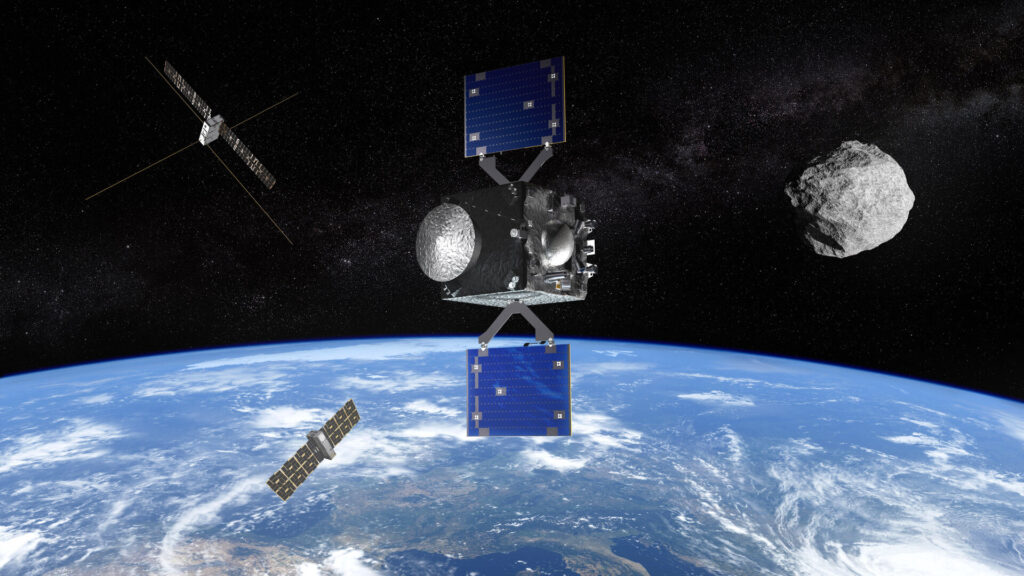The European Space Agency (ESA) has signed a contract worth 63 million euros with the company OHB Italia SpA. This money will be spent on preliminary preparations for the Ramses mission, the target of which will be the asteroid Apophis.

On April 13, 2029, the 375-meter asteroid Apophis will pass at a distance of 32,000 km from Earth. This is closer than the orbits of geostationary satellites, making the coming approach an extremely rare event. True, astronomers have found asteroids passing at a shorter distance from Earth, but they were much smaller in size. According to scientists’ estimates, objects the size of Apophis approach the Earth at such a close distance on average only once every 5000-10000 years.
It is not surprising that the visit of Apophis has received so much attention. To date, mission projects to the asteroid are being developed by a number of countries and private companies. This year, they have been joined by ESA, which has announced its intention to launch its own vehicle to Apophis, called Ramses.
The mission will be based on the design of the recently launched Hera spacecraft, which targets the twin asteroid Didymos. The Ramses will be a simplified version of it, which will use a single-stage architecture to minimize cost.
It should be noted that the ESA contract for 63 million euros with OHB is in fact an advance payment. This is because the Ramses mission has not been officially approved yet. A decision on this can only be made at the ESA ministerial meeting, which will not take place until the end of 2025. However, in order for Ramses to be ready for launch in early 2028 (this is necessary for the spacecraft to arrive at Apophis about two months before its flyby), work on the mission must begin now.
The contract will allow OHB to begin procurement of long lead time items and finalize development of the spacecraft. It will also allow ESA to coordinate with other space agencies that intend to send their vehicles to Apophis. Funds for the contract were provided from the General Support Technology Programme and Space Safety Programme funds. Another 20 million euros came from the Hera project, the developers of which managed to save money and keep within the amount less than the budget allocated for the missions.
So far, ESA hasn’t reported on the estimated total cost of Ramses. The already mentioned Hera came at a cost of 363 million euros.
Earlier we told you that a Japanese rocket would launch the first ever Arab mission to asteroids.
According to ESA


